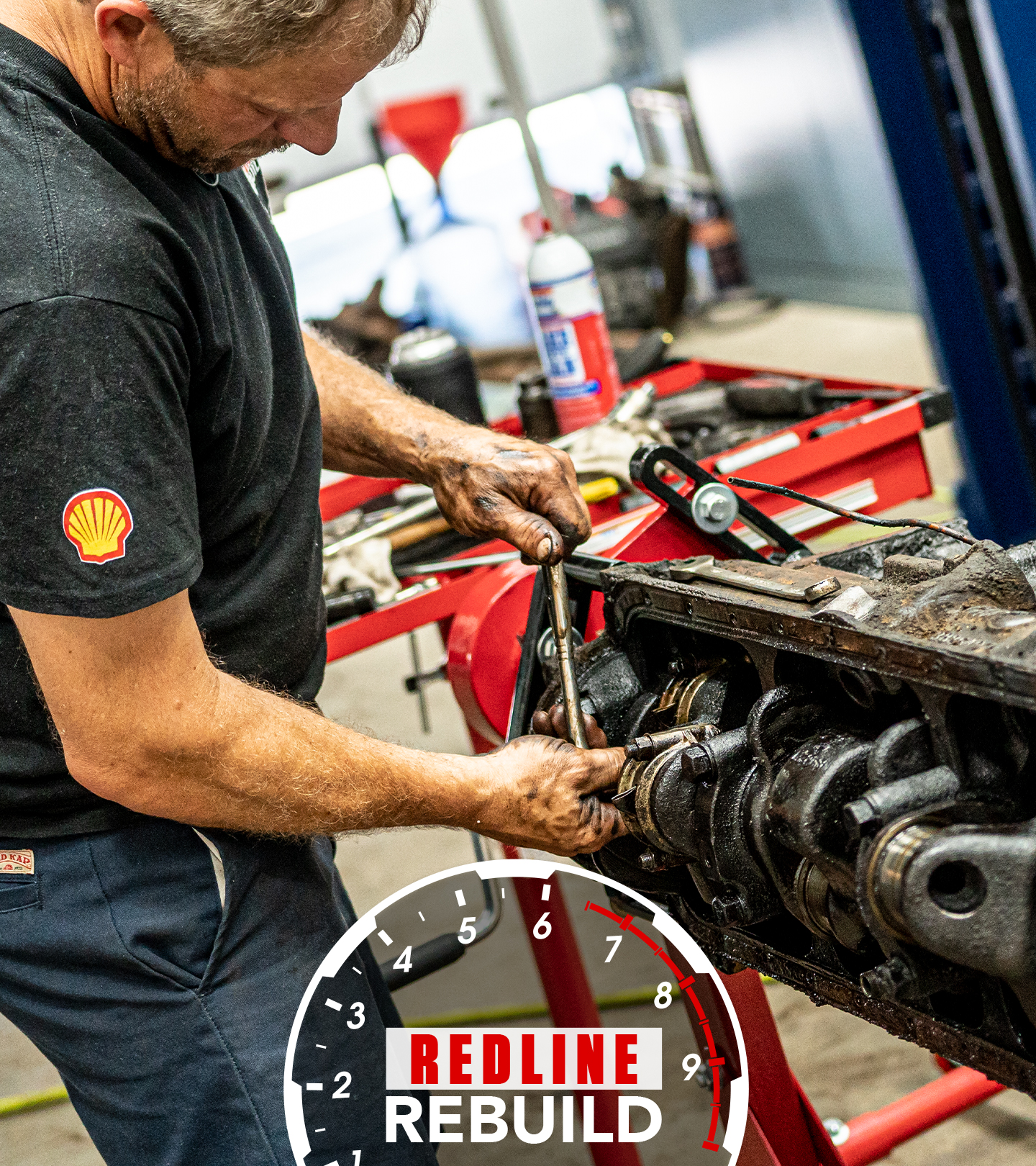DIY: How to cure that leaky GM 12-bolt rear end with a simple spacer - Hagerty Media
The General Motors 12-bolt rear axle is popular, and for good reason. It’s durable, plus a lot of them were made, so attaining one for your project is a painless affair. What isn’t painless, however, is dealing with a leaky pinion seal. Fortunately, Davin is here to help on the latest episode of Hagerty DIY.
With Hagerty’s 1969 Chevrolet Camaro up on the lift, Davin is installing a new Positraction unit to give the car the muscle-car character it deserves. While installing the new gear, he finds a leaky pinion seal—but there is more to the situation than simply replacing it with a new part.
The 12-bolt rear axle was built for two applications: car or truck. The car design had a slightly shorter snout for the pinion and thus requires a shorter seal to allow for proper spacing between the seal and the pinion bearing. No big deal—except the car seal is no longer produced, but the truck version is. You could just install the truck seal as is, but it likely wouldn’t last as long as it should. So what can you do?
Davin has an easy solution. The free option is to tap the seal into place, but not completely, leaving the surface of the seal just an eighth-inch or so proud from the surface of the housing. Of course, that opens the seal up to being slightly crooked, which would accelerate wear.
Option number two is to quickly fabricate a spacer using welding wire or other round stock that is easily bent into a circle of the same circumference as the housing face. This ensures when the seal is put in place it will be square. Of course, the best option is the path that Davin took, which involved turning a spacer ring from steel stock in a lathe.
Davin admits having a lathe is not in the realm of the average do-it-yourselfer. “Fortunately I have access to a lathe, but making the spacer from wire or stock is a great option that ensures proper seal installation and spacing. It is worth it to take this extra step to ensure the seal won’t fail shortly after the install.”
This is just one example of a slight modification that makes an incorrect part function correctly. In a perfect world, the correct seal would be available, but with this being a part of the car that isn’t typically seen—especially not while driving—the appearance is slightly less critical to the function.










